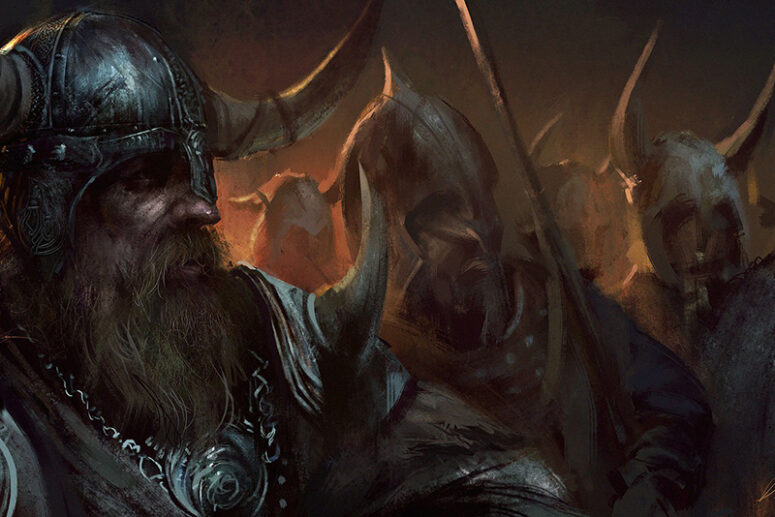
Introduction by Matfey Shaheen: Despite the fact that throughout this article, the word “Viking”, is used, for the most part, the peoples described here as Vikings are often more accurately called Scandinavians or Norse. The word Viking was originally a verb, i.e. “to go a Viking”, hence ending in the Germanic suffix “-ing”, as other verbs in English. Vikings were not a specific ethnic group, but rather, groups of Norsemen men who traveled the seas trading and often raiding, and they were not any more violent than other pagan cultures at the time—which were all rather violent. The use of the word Viking here is most likely due to the fact that language evolves, and modern people more easily recognize the concept of Vikings.
The ancestors of the Rus’ peoples were ruled by and founded by an elite group of Varangians (Væringjar in Norse, Varjagi in Russian), specifically, the Viking Rurik. The immediate ancestors of St. Vladimir of Kiev, and indeed, St. Vladimir himself, may even be called “Russian Vikings”. It was this famous trade route from the Varangian Vikings to Constantinople, which sailed through Kiev down the Dnieper River, that triggered the contact with Christianity that ultimately led to the Baptism of Rus’ in 988. Ironically, it can be said that the Varangian Vikings helped bring Christianity to all Russia.
To understand the beauty of a nation, one must turn their heart towards its saints and writers, to their lives, thoughts, words, deeds.
Only then can we look at this people as seen from heaven. Then we will deeply examine its uniqueness in essence, and once again rejoice at the Lord’s wisdom, which blesses the blossoming differences of the universe!
St. Nestor the Chronicler said that every nation plays an important part in the world symphony of meaning and beauty that the Lord created.
And now we’ll talk about how the most aggressive people of the Middle Ages came to Orthodoxy—the legendary Vikings.
So many films have been made about them in our time, and so many science fiction books have been written, but few people know that the Vikings received Orthodoxy in their time, and this new faith put an end to their raids.
If for the Irish before the adoption of Christianity the agreement of the soul with the will of the gods was more important than external well being, then for the Vikings (they called themselves the Norse—northerners) everything was different. The Vikings come from Germanic tribes who later become a large constituent part of modern Europe.
The Norse lived on the coast of Norway, in Sweden and Denmark—these were all Viking [more properly: Norse, Scandinavian—Trans.] territories. They were idol worshipers, but had neither pagan temples, nor priests separately existing among their people. Sometimes only the women were soothsayers; they also had Skald poets, whose songs were credited with magical power, as they most often served military leaders—the Jarls. [The word Jarl is related to, and perhaps the proper pronunciation of the English word Earl, as from 1066, the Normans—related to the Norsemen—invaded and conquered England establishing their culture there—Trans.]
The Vikings lived in single homestead farms1—sometimes they are called in science “egocentric farm owners”—uniting only for common affairs and raids.
The Vikings have been well studied, but the reason why they began to raid is unknown. The incentive and reasons for the raids of this once relatively peaceful people of farmers and fishermen is not clear. It is only known that for two generations before 793, the internal structure of life of people living in Norway, Denmark, Sweden, the style of carving wood, stone, bone (and carving is the main form of Viking art) unexpectedly changed. Before the “animal style” is ubiquitous—on the ships and on the chests, were images of animals. And suddenly a new style appears, more bestial, dragons and sea-serpents. The new way of thinking of the Vikings was captured in the new style—beasts not for decoration, but for instilling fear into their enemies.
Another quality was strongly expressed by the Vikings after the start of campaigns in 793—the desire for glory. They believed that only one who died in battle ends up in Valhalla, a positive afterlife in Viking paganism. It is interesting that people feasted and fought with each other without ceasing. Those killed in Valhalla came to life the next morning and continued to feast and fight. But this image of the post-mortem existence of the Vikings, reflects their two main desires—pleasure and glory gained in battle.
But Valhalla is not eternal—someday the Viking [Norse—Trans.] gods and all the people, except just a few, will die in battle with the Giants (Jotunn) [an event called Ragnarök—Trans.] That is to say, there is no permanent eternal life in Viking paganism. All that remains is glory, which never dies, and everyone wanted that glory for himself. In the centuries of raids (the eighth to the eleventh centuries), every Viking (Norsemen—Trans.), whether he was a farmer or a warrior, and wished to be the best and most glorious in everything. The desire for glory was the impetus for action—both in battle, and at home, and in love, and even in labor on the farm.
Sometimes, having caught a fish in a mountain lake, the Viking would make an inscription on a stone near the lake: “This fish weighed this many pounds”. If he himself did not know how to write, a carver wrote for him. But, immortalizing the event—the catching of a trout, he added at the end: “This inscription was made by so-and-so.” The Norse had a desire for glory even before the campaigns. So, even in the “Poetic Edda” (of the Vikings myths) there are, for example, such lines:
Hávamál 76
Cattle die,
Kinsmen die,
thou wilt die the same way;
but the fame never dies
of the man who earns his glory.
Hávamál 77
Cattle die,
Friends die,
thou wilt die the same way;
but I know of one thing
that never dies
the fame of each man dead.2
Of all the peoples of medieval Europe at that time, the Vikings most of all did not want to know about the new faith in the “Good God”, the “White God”, as the Norse called Christ.
Missionaries visited these formidable warriors more than once or twice, but each time the conversion attempt failed. Even the most famous mission of St. Ansgar of Hamburg (Orthodox bishop missionary, lived 801–865) did not bring tangible results.
For several centuries, the Vikings remained a thunderstorm of the old world.
The feudal fragmentation of Europe of those times, the absence of any permanent army aimed at protecting a particular country, the isolation of people and feudal lords did not make it possible to organize any serious coastal defense.
Viking ships were created with all the genius of period engineering, they could go into the smallest rivers, directly approach the shore, and where necessary, the northerners dragged them along the logs.
And since the Vikings were not only warriors, but also merchants, they knew exactly where, and in which cities, there was no significant protection. They knew about many monasteries in Europe, and about the treasures stored there. After all, in the famous monasteries there were relics of the saints, where for centuries, miracles of help and healing were performed, and grateful people in return brought gifts to the monastery. These gifts were stored, and over the centuries very many collected.
And if for Christian armies the monasteries were considered something untouchable, then for the Vikings they were just an unguarded source of good prey. Therefore, the very first Viking attack recorded in history occurred on the famous English monastery of St. Cuthbert, on the island of Lindisfarne. The Vikings had investigated the monastery, scouting out its wealth.
The date of the Viking attack on Lindisfarne was June 8, 793. This day is indicated in the Annals of Lindisfarne, compiled in the 12th century. From this date begins the period of Viking raids.
That being said, the Anglo-Saxon Chronicle mentions the attack of certain sea robbers, who sailed from nowhere and plundered Dorset in 787, where the first recorded Viking attack on the British Isles took place, on the coast of Portland. After which 5 years of calm followed, and then began the regular raids of the Vikings, sailing for prey. One Viking Drakkar longship, could have gone on such trips, and maybe several dozen ships that could endure sea voyages, obviously, the best ships of the world at that time.
The length of the largest Drakkars reached 36 meters. A carved dragon head was attached to the nose (hence the origin of the name of the type of ship), and shields were placed on the sides. The team of such ships consisted of 60-100 warriors, which at that time was a large and dangerous detachment, especially if several such ships unexpectedly sailed to the coast.
The Norse had a saying: “The ship is the home of the Scandinavian.”
All of them loved such campaigns, striving equally for prey and glory. This desire was so universal among the Vikings that in their language the word “homebody” meant “fool.”
For several centuries, the Vikings were a thunderstorm that assailed coasts and monasteries. In the churches of those days, priests in litanies offered a petition to the Lord: “And deliver us from the fury of the Normans!”
Here and there, the Vikings conquered parts of the coast, taking over a significant part of England, some parts of France.
The Vikings did not take Christianity seriously. This is due to the fact that among the Germanic tribes, the cult of power flourished in general (as chronicler historians of Rome wrote). For the Germanics, war was considered a more natural and proper state of life than peace. Most of all these ideas were expressed among the Vikings. They needed to be amazed by something. Words were not enough. Something extraordinary was needed to impress the Vikings.
They refused to believe foreign preachers, and revered strength, and knowing from the experience of battles, that the monks were useless warriors, the Vikings did not want to believe the religion of those who are not strong. To convert them a saint was needed who could demonstrate to them the power of God. And such a man was found. More precisely, of course, Orthodox ascetics and saints had been in Europe prior to him, but the fateful meeting took place under King Olaf.
Olaf Tryggvason, (963–1000)—King of Norway from 995 to 1000, and great-grandson of King Harald Fairhair, was a pagan for the first half of his life, although he had already heard about the new faith in Christ. Once, traveling with his men, he found out that on one of the Isles of Scilly (south-west of England, 45 kilometers from Cornwall), lived an amazing hermit (most likely an Irish monk), who could reveal the future. Wanting to question the seer, Olaf first tested him, sending a warrior to him dressed in his own clothes.
Further events seemed to people so significant, that they were recorded in sagas and sung in songs.
“And so, when the messenger appeared to holy man and said that he was a king, he received the following answer:
“You are not king, but I advise you to be faithful to your king.”
Nothing more was said to the messenger. He returned and told Olaf about the prophet’s answer. Olaf now even more wanted to meet with him when he heard about his answer, since now he no longer doubted that he was indeed a prophet. Olaf went to him and had a conversation with him. Olaf asked him what he would predict for him—whether he would rule with power and what his fate would be. Then the hermit answered him with a holy prophecy:
“You will be a famous king and do glorious deeds. You will convert many people to the Christian faith and thereby help yourself and many others. And so that you do not doubt my prediction, I will give you this sign: You will have treason and rebellion on the ships. There will be a battle, and you will lose some of your people, and you will be wounded. Your wound will be considered fatal, and you will be carried on a shield to your ship. But after seven days you will be healed of this wound and will soon be baptized.”3
So, the king for the first time in his life had met with an Orthodox elder, and when everything predicted about the betrayal on the ship, the wounds, and recovery came true, “Olaf saw that this Elder had told him the truth and that he was a real seer. Olaf therefore went a second time to this man and talked with him for a long time. He asked him how he had gotten such wisdom that he could predict the future. The hermit replied that the God of Christians Himself revealed everything to him, and he also told him about the many wonderful works of God.
Thanks to these exhortations, Olaf agreed to be baptized, and there Olaf and all his companions were baptized. He stayed there for a long time studying the Orthodox faith, and took priests and other learned people from there.”4
All that the hermit had said to Olaf by was exactly fulfilled—he became the first Christian king of Norway, beginning the Christianization of this country, which would be continued by the famous Saint Olaf II of Norway.
Modern Orthodox believers in Scandinavia venerate St. Olaf II, and in 2013 an Orthodox monastery was opened in Norway dedicated to the memory of this brave king and leader—who was able to discern the most important thing in life, and placed his strength and valor before the Throne of the Lord, bringing his people to God.
1 The Russian word here used was Khutor, which is a Ukrainian (Malorossian-Little Russian) concept of a single homestead farm, as opposed to the communal Myr in Great Russia. This was the type described by Gogol, and also the type Dostoyevsky and Stolypen preferred over the Myr system, and this is also heavily associated with Cossacks. Ironically, Cossacks later developed further south on the path of the Vikings to the Greeks and they themselves displayed characteristics reminiscent of their Varangian-Viking ancestors—See the story of the Letter of the Zaporozhian Cossacks to the Turkish Sultan—Trans.
2 Compiled from the stanzas of Hávamál, taken from various sources: https://books.google.ru/books?id=77SFAwAAQBAJ ; for a more archaic English translation, see here: https://www.pitt.edu/~dash/havamal.html For a translation by Dr. Jackson Crawford into plain English, see here: https://jacksonwcrawford.com/the-cowboy-havamal/
3 “Сага об Олаве, сыне Трюггви” (The Saga of Olav, the Son of Tryggvi) Translated from Russian: https://pravlife.org/ru/content/kak-vikingi-nashli-hristianstvo

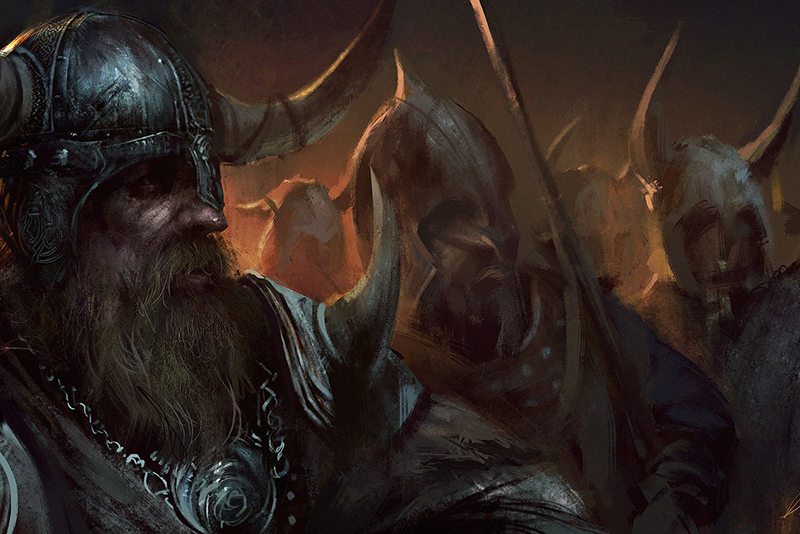
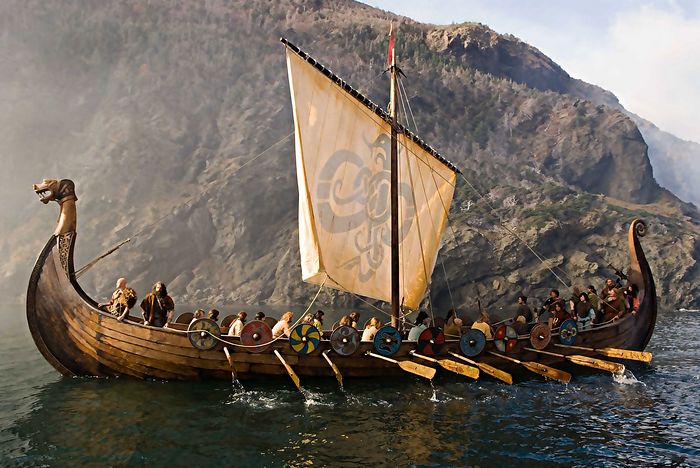
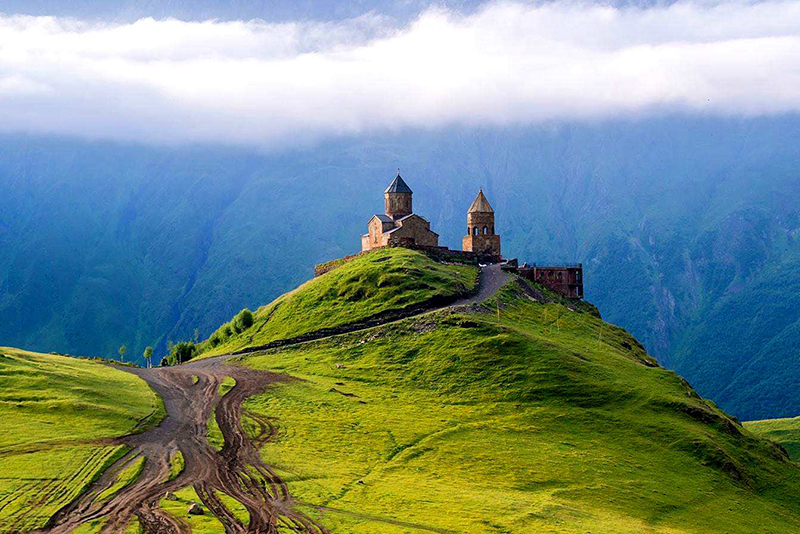

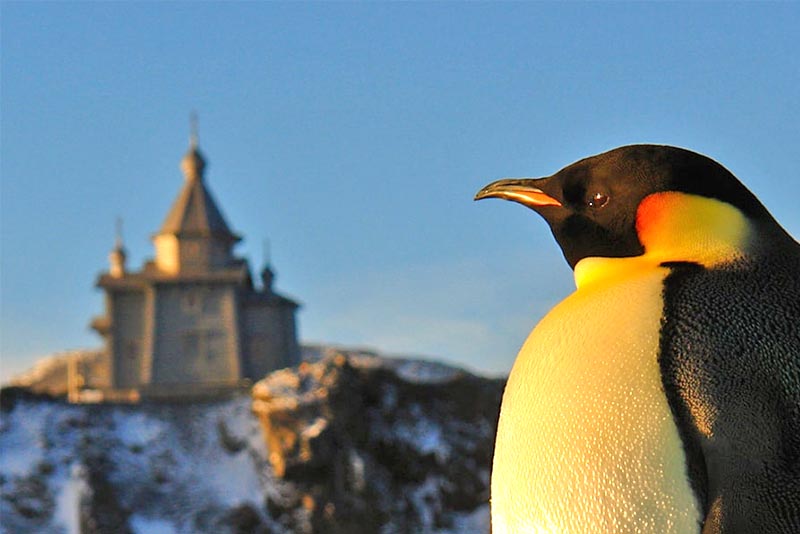
An excellent chronicle on the Norse Vikings who plundered many holy abbeys and even hermitages. It was heartening to read how God eventually worked through these people. Indeed, became a source of Orthodoxy. I in error thought it was by the experience of Constantinople. However, I am aware that God works through many sorces leading people along the chosen way. Every blessing from Canterbury and thank you for this interesting blog.
Pax et Bonum,
Robert.